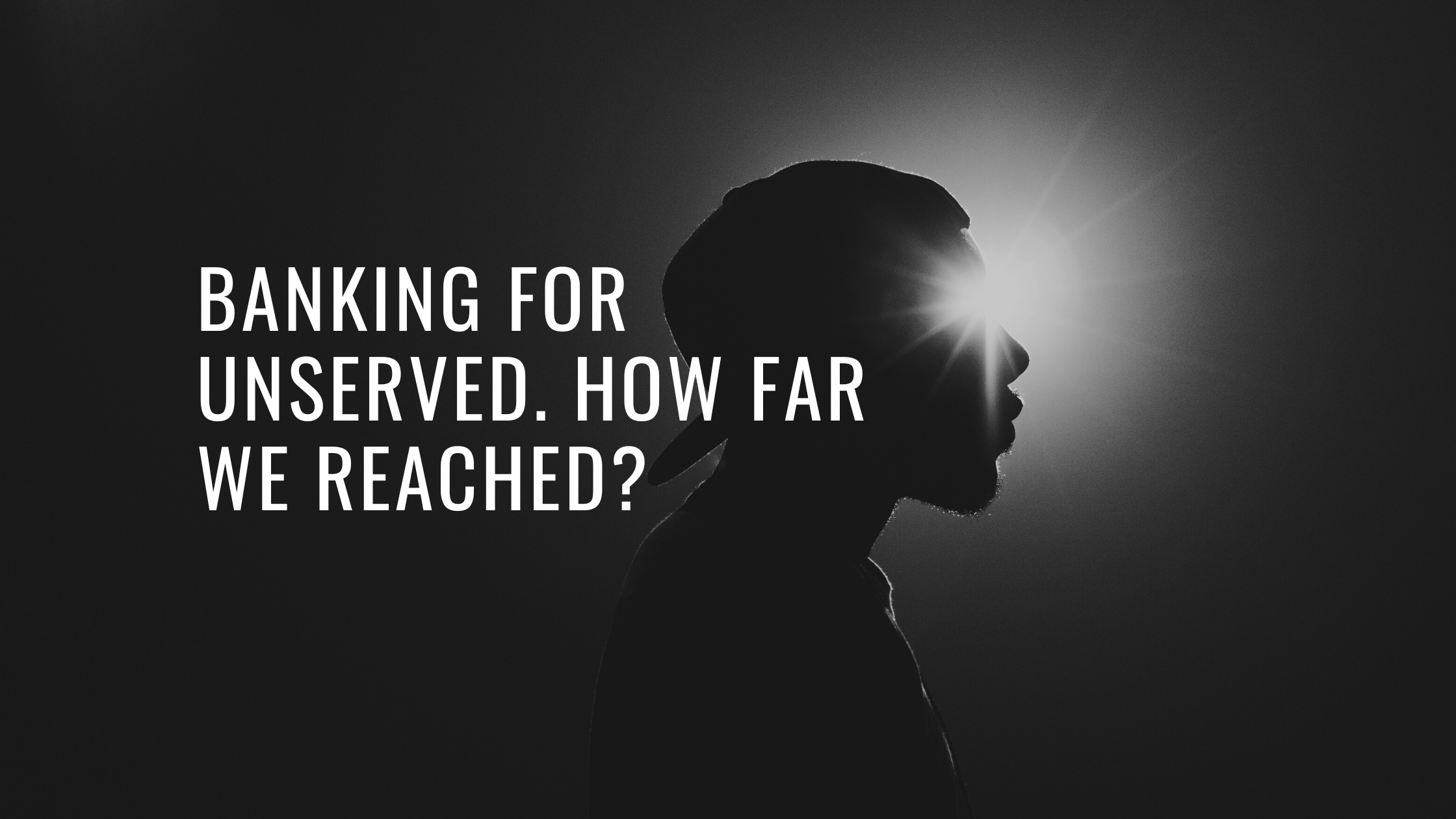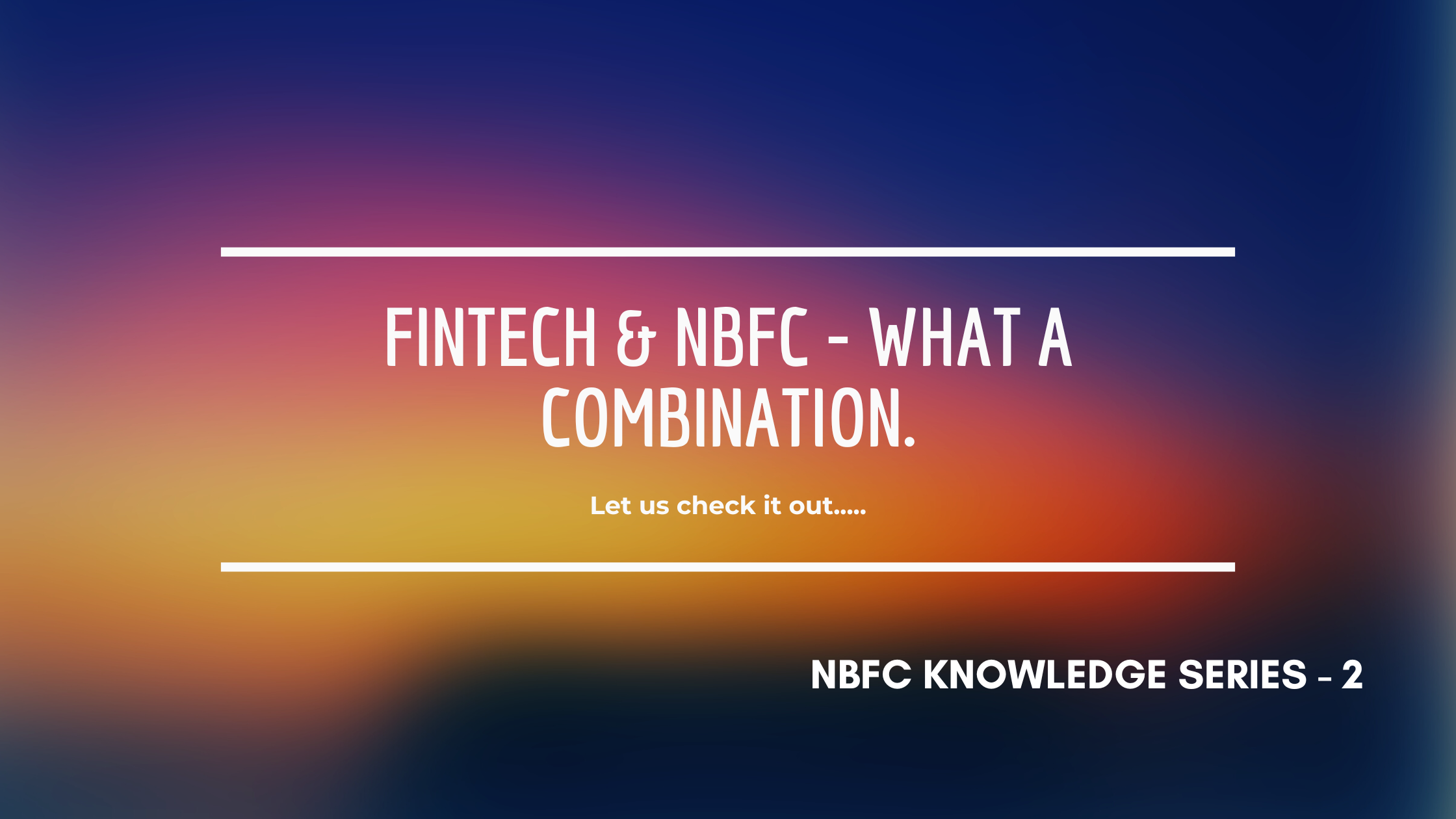Reader’s context – This article was 1st published in the year 2017. This a purely apolitical and delves into Leadership Style – Myers–Briggs Type Indicator (MBTI).
We all know our existing Prime Minister Mr. Narendra Damodardas Modi (henceforth Modi) is known for having taken decisions that are bold as well as revolutionary. The recent ones which are in the limelight are the Surgical Strike in POK, Demonetisation where the legal tender of existing Rs 500/- and Rs 1000/- was withdrawn, and Combining the Rail & Finance Budget into one and also pre-presentation of the same as compared to the old regime.
In management studies, there is one personality measurement type which is famously known as MBTI. MBTI stands for Myers–Briggs Type Indicator (MBTI) and is an introspective self-report questionnaire designed to indicate psychological preferences in how people perceive the world and make decisions. The MBTI was constructed by Katharine Cook Briggs and her daughter Isabel Briggs Myers (henceforth Authors).
The Authors have developed a convenient way of describing the order of each person’s leadership preferences. There are four possible pairs of personality traits and these are:
1. Introversion (I) or Extraversion (E)
2. Intuition (N) or Sensing (S)
3. Thinking (T) or Feeling (F)
4. Judging (J) or Perceiving (P)
The four pairs of preferences or dichotomies are shown. The below snapshot shows how the leadership preferences are used and categorized basis the option available.
Personality Type
1) Use of Mental Energy
Extraversion (E) or Introversion (I)
People who prefer Extraversion tend to focus on the outer world of people and things.
Extraverted individuals prefer group activities and get energized by social interaction. They tend to be more enthusiastic and more easily excited than introverts
People who prefer Introversion tend to focus on the inner world of ideas and impression
Introverted individuals prefer solitary activities and get exhausted by social interaction. They tend to be quite sensitive to external stimulation (e.g. sound, sight, or smell) in general.
2) Use of available information
Sensing (S) or Intuition (N)
People who prefer Sensing tend to focus on the present on concrete information gained from their senses
Sensing individuals are highly practical, pragmatic, and down-to-earth. They tend to have strong habits and focus on what is happening or has already happened
People who prefer Intuition tend to focus on the future, with a view toward patterns and possibilities.
Intuitive individuals are very imaginative, open-minded, and curious. They prefer novelty over stability and focus on hidden meanings and future possibilities.
3) How do you decide?
Thinking (T) or Feeling (F)
People who prefer Thinking tend to base their decision primarily on logic and on objective analysis of cause and effect.
Thinking individuals focus on objectivity and rationality, prioritizing logic over emotions. They tend to hide their feelings and see efficiency as more important than cooperation
People who prefer Feeling tend to base their decisions primarily on values and on subjective evaluation of people-centered concerns
Feeling individuals are sensitive and emotionally expressive. They are more empathic and less competitive than Thinking types and focus on social harmony and cooperation
4) How do you react to the outer world
Judging (J) or Perceiving (P)
People who prefer Judging tend to like a planned and organized approach to life and prefer things settled
Judging individuals are decisive, thorough, and highly organized. They value clarity, predictability, and closure, preferring structure and planning to spontaneity.
People who prefer Perceiving tend to like a flexible and spontaneous approach to life and prefer to keep their options open.
Prospecting individuals are very good at improvising and spotting opportunities. They tend to be flexible, relaxed nonconformists who prefer keeping their options open.
The Combination
So, what’s the leadership preference of Mr. Modi? Is he ISTJ, ISFJ, INFJ, INTJ, ISTP, ISFP, INFP, INTP, ESTP, ESFP, ENFP, ENFP, ESTJ, ESFJ, ENFJ or ENFJ.
These are 16 combinations of personality types. Where our PM does falls?
The below charts outline the possible analysis of PM Modi’s leadership style.
Possible Personality Preference of PM
Practical, realistic, and matter-of-fact. Decisive, quickly move to implement decisions as we saw in implementing the demonetization policy.
Organize projects and people to get things done, and focus on getting results in the most efficient way possible. As we saw in implementing various schemes such as PMJDY, PMGKY, PM Insurance schemes, etc.
Have a clear set of logical standards, systematically follow them and want others to also. Forceful in implementing their plans.
1 In E or I, PM is “E”
2 In S or N, PM is “S”
3 In T or F, PM is “T”
4 In J or P, PM is “J”
So, when we can say that Modi is an Extraverted Sensing Thinker who tends to use Judgment to plan his activities and make decisions early. He derives control by maintaining institutions’ extensive planning and predictability. This would make him an ESTJ.
The views are personal
Abhishek R Sharma














